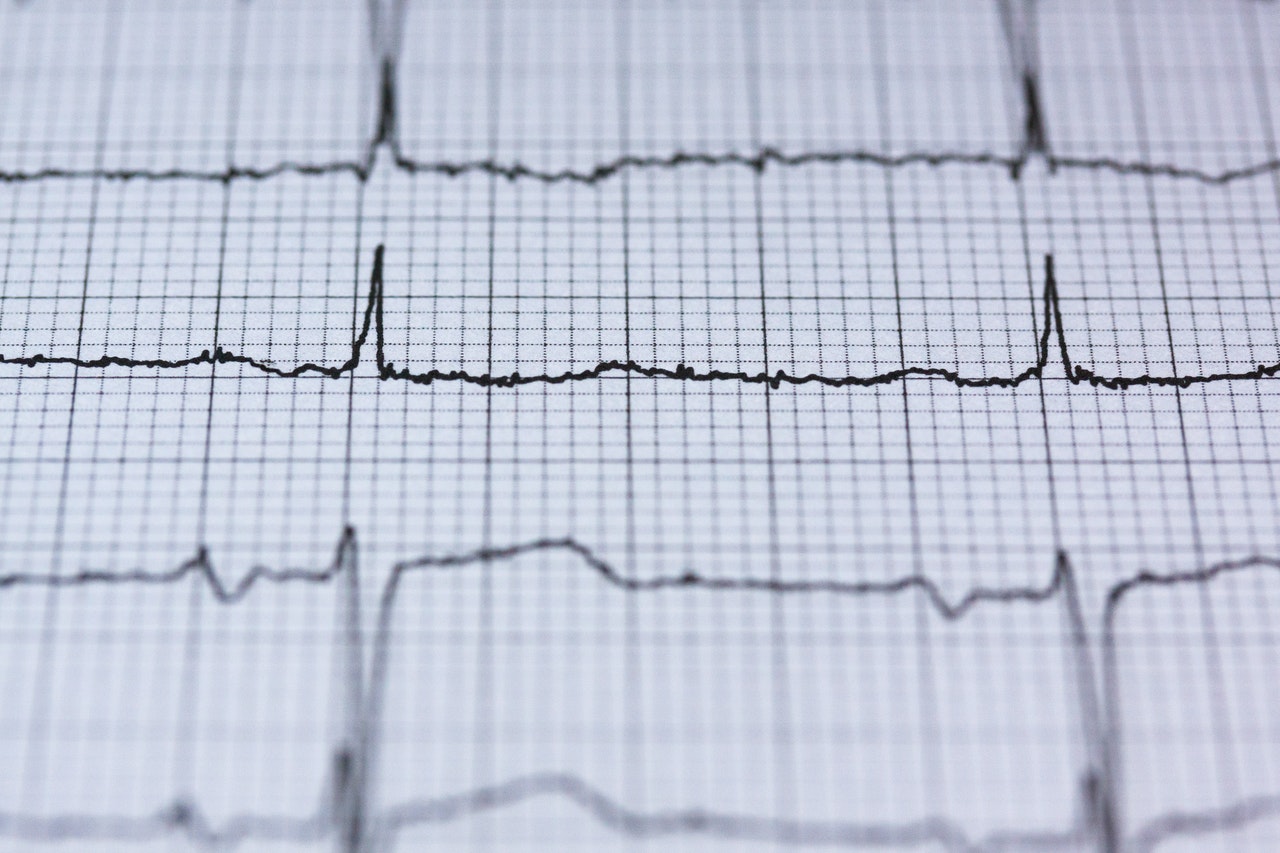Cardiac catheterization or cardiac cath is a procedure that can gauge the pressure and measure the blood flow in and around the heart. Dr. Syed Bokhari uses cardiac catheterization in Riverside to see how well your heart functions and has performed thousands of these procedures at Advanced Cardiovascular Care. The procedure can also be used for problem identification and administered as a treatment option for blocked or narrowed coronary arteries. Here is more information about this procedure.
How Cardiac Catheterization Helps Your Doctor
As noted earlier, your doctor can use this procedure for several purposes. The procedure assists your doctor in the following specific ways:
- It enables your doctor to check the pressure in all four chambers of your heart.
- Your doctor can also assess the contraction of your heart chambers.
- Through the procedure, your doctor can take blood samples to measure oxygen levels in each chamber.
- Your doctor also looks for any defects in the chambers or valve.
- It enables your doctor to biopsy a small piece of your heart tissue.
What You Can Expect During the Cardiac Catheterization Procedure
Note that only specially trained professionals can perform this procedure, and therefore you should be very careful when choosing your provider. The procedure is performed in a cardiac catheterization lab in the hospital. Your provider administers a sedative through an IV line into your arm to make sure you are relaxed through the procedure. However, you remain awake, and you can follow instructions as instructed by your provider where need be.
The area to insert the catheter is also cleaned and numbed using local anesthesia. Your provider then inserts a sheath into an artery or a vein and guides a catheter into the blood vessel through this sheath.
A video screen is used to display the catheter’s position as it goes through the blood vessel. Although you may feel some pressure, you should not experience any pain due to the sedation. Once the catheter is at the desired position depending on your doctor’s objectives, several tools can be placed on the tip of the catheter to help your doctor do the following:
- Have a precise view of the interior of your blood vessels
- Take blood pressure measurements from each heart chamber.
- Collect blood samples from several parts of the heart.
- Biopsy a tissue the same as your heart’s interior.
The catheter can be used to perform an angiography where your doctor gets to create x-rays out of your heart’s chambers, valves, and coronary arteries.
Immediate Treatment
In some cases, your provider can treat a condition immediately after carrying out several tests, depending on your issue. For example, if you have a blocked or narrowed coronary artery, the angioplasty procedure can be used to treat it. A tiny balloon is used to push any blockages out of the way to improve the blood flow by widening the artery.
At the end of the cardiac catheterization, the catheter and the sheath are removed, and the site is covered and dressed properly to prevent infections.
After Cardiac Catheterization
Once it’s over, you will be taken to a recovery room where you must lay flat, sit up, or keep the closet leg straight depending on how your procedure was carried out. Your heart rate and pressure will be monitored together with any signs of chest pain, bleeding, or swelling. As you are released to go home, you are given special written instructions about your home care.
You can consult Dr. Bhokari for more information about this procedure and learn how it can be most effective for you.



